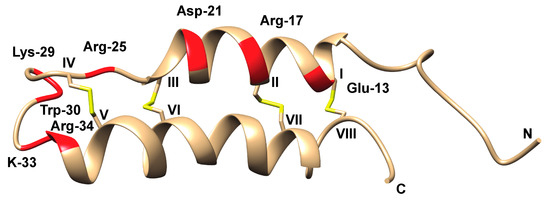Hey Worm People, Welcome back!
Physiology–It’s an important aspect of how organisms work right? Well, with the Cerebratulus lacteus, or the milky ribbon worm, they actually possess a unique physiological trait. It’s quite literally a toxic trait! Milky ribbon worms are currently being researched by biologists around the world to further understand the toxin they produce, in terms of how they retrieve the toxin, how it is produced, the process of attack, and the effect it has on other organisms.
In these worms, proboscis can be used to capture prey, but milky ribbon worms have an additional alternative. The presence of this toxin has helped these worms feed on food without directly using their proboscis to retrieve the animal. It is believed that the proboscis can not only function alone as a predatory structure but also like a secondary delivery channel for the toxin to kill prey. The toxin itself is secreted from internal mucosal membranes.
Cerebratulus lacteus are predatory organisms and feed on creatures like crustaceans and bivalve molluscs. In particular, milky ribbon worms have made a large impact on the clam population, specifically soft clams known as Mya arenaria. Although the research is still ongoing, scientists have discovered that when the soft clams are in the presence of milky ribbon worms, there is a 100% mortality rate. The attacks are so vicious and prevalent to the extent that some populations are in danger. The most interesting aspect of these predator-prey relationships is that the Cerebratulus lacteus proboscis is used ‘secondarily’ as described above. Current research points to the idea that the toxin comes through the proboscis, but the proboscis itself is not doing the work of killing the clam. What is this seemingly magical toxin?
B-Toxin-IV is the specific neurotoxin used against milky ribbon worm prey and secreted from their mucus slime. B-Toxins, or binding toxins, are derived from proteins and described to have a stronger (negative) effect on organisms in comparison to A-Toxins, or active toxins. B-toxins have the ability to cause stronger paralysis, toxicity, and more common causes of death in prey. There are four different groups of B toxins: I, II, III, and IV. Each one differs in toxicity levels and effects concerning how organisms are harmed from the toxin.

The image seen above is derived from a proton NMR of B-neurotoxin IV found in milky ribbon worms. The yellow bridges represent disulfide bonds– if broken, the activity of the organism is severely threatened. Areas of the structure in red displays regular activity/ function in the organism– without the disulfide bonds, these areas would not function properly, causing paralysis or death due to the presence of the toxin
Citations–
https://www.inaturalist.org/taxa/192647-Cerebratulus-lacteus
http://www.fishermensvoice.com/archives/201705MilkyRibbonWorms.html